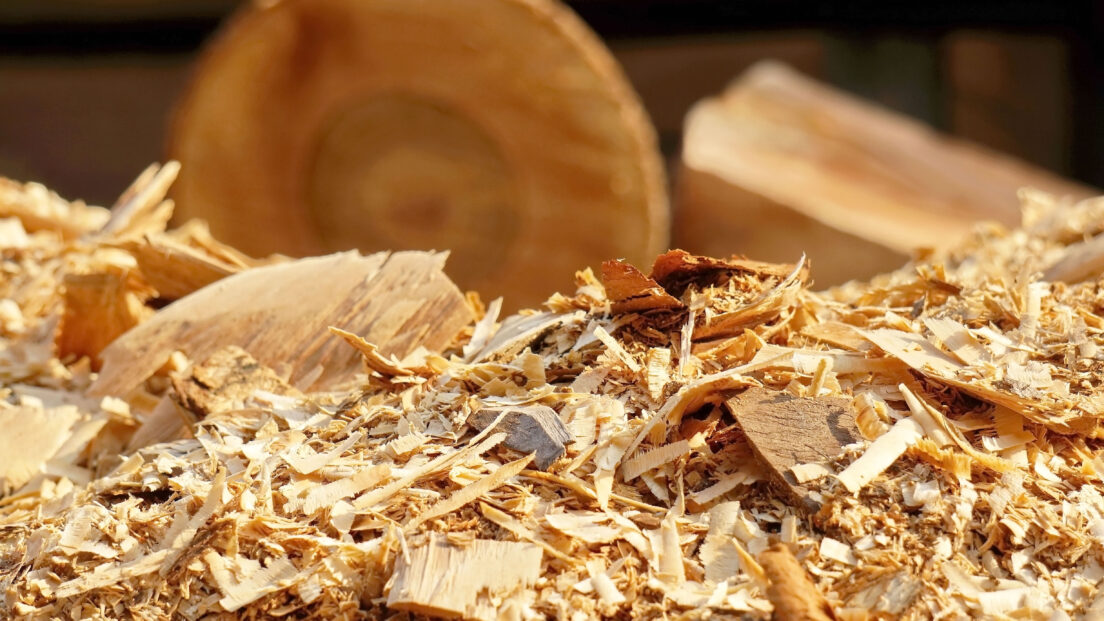Lindner produces more sustainably with new cellulose yarn

Lindner Suisse nutzt künftig einen Faden aus Cellulosezwirn statt Jutefäden für die Herstellung von Erosionsschutzvliesen. Bei der Verarbeitung des neuen Materials kommt historisches Webhandwerk aus der Textilbranche zum Einsatz.
Lindner Suisse will in future use carrier nets made of cellulose threads for the production of Howolis wood wool fleeces. According to a press release, the new carrier material will make the product portfolio of wood wool products even more sustainable. The basis for the natural erosion protection is a fine-meshed net, which is processed into protective fleeces for greening and hydraulic engineering. The product is available in various versions for a wide range of requirements. It can be reinforced for hydraulic engineering, they say.
The manufacturer of geotextiles from the St.Gallen-Lake Constance area is now able to supply an “altogether even more sustainable, climate-friendly product” for its proven wood wool products for slope and embankment protection and, with the nets woven in-house, is also reviving the long local textile history.
The core of the carrier nets are biodegradable threads made of beechwood cellulose from European beechwood. Lindner Suisse manufactures the threads from this. Traditional weaving techniques are used to produce the desired movable nets. Retired people from the textile industry contributed their knowledge to teach the handicraft process, the statement says.
The thread is considered even more sustainable than the jute threads used so far. These are also biodegradable, but score lower in terms of sustainability due to long transport routes. As Managing Director Thomas Wildberger explains in the press release, the wood-wool fleeces are intended to “bring production processes to a new ecological level”. At the same time, Lindner wants to become independent of overseas markets. The jute threads will be available on request until further notice.